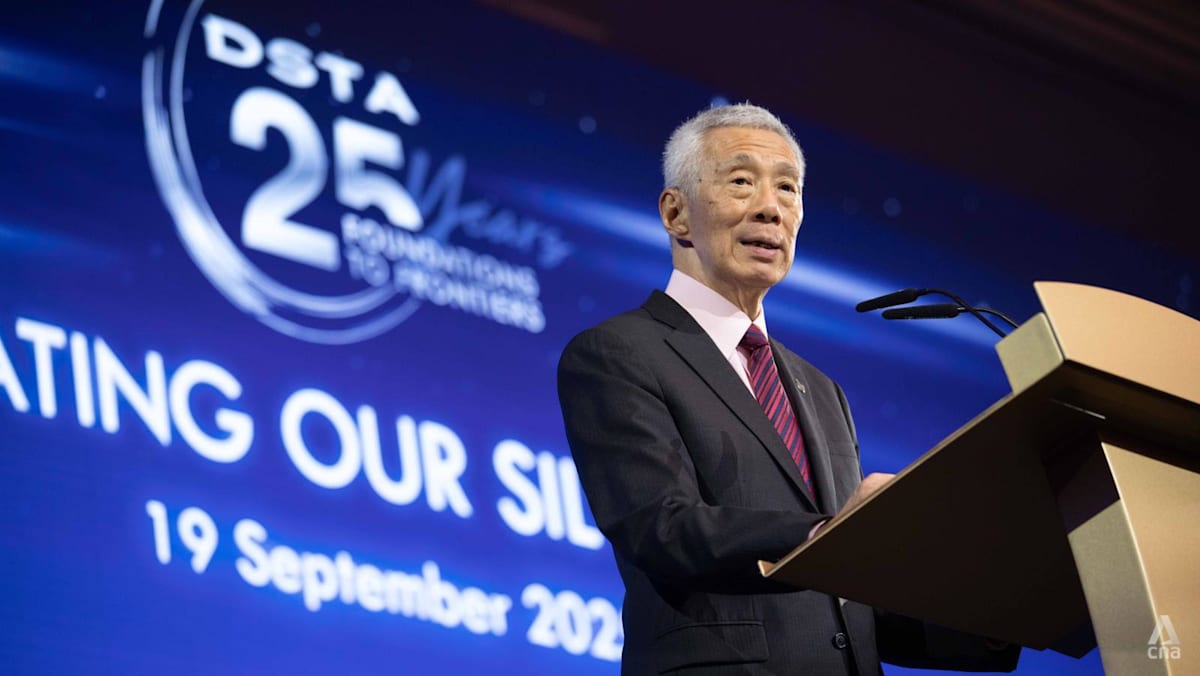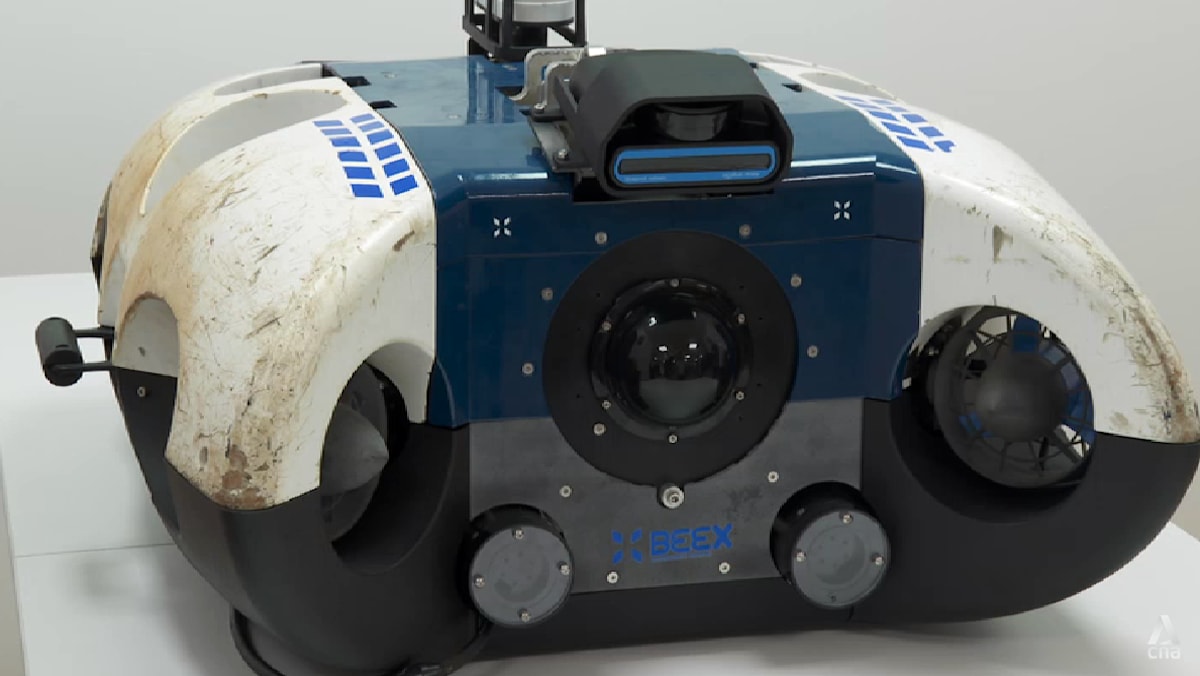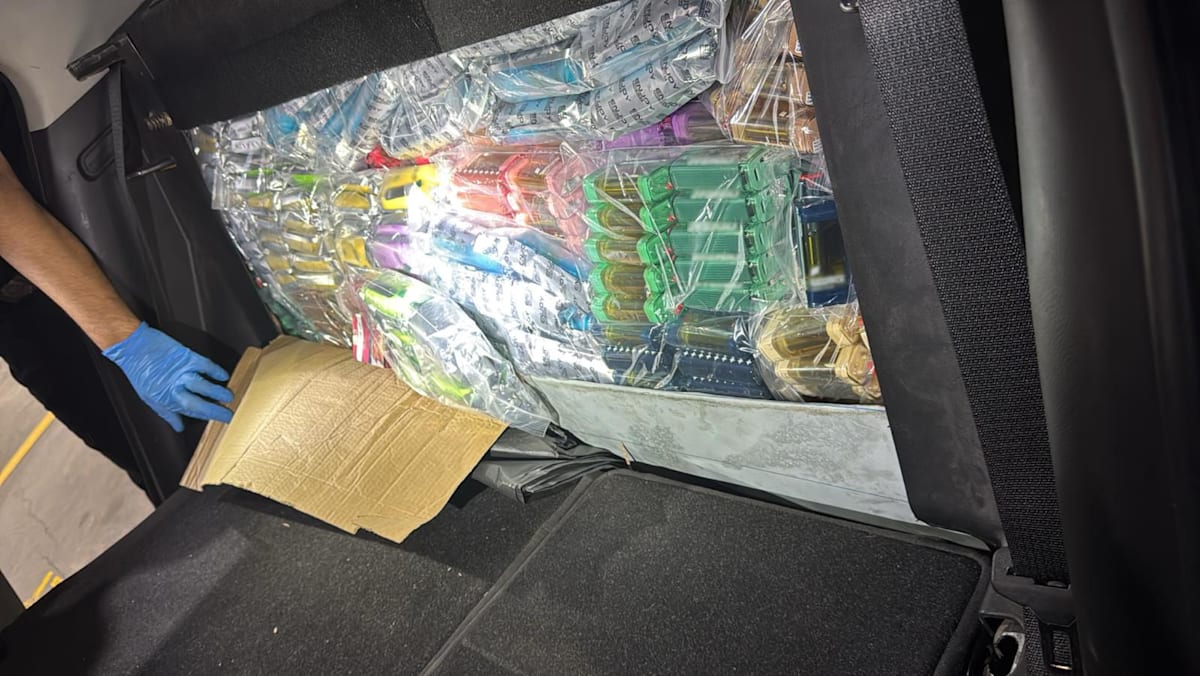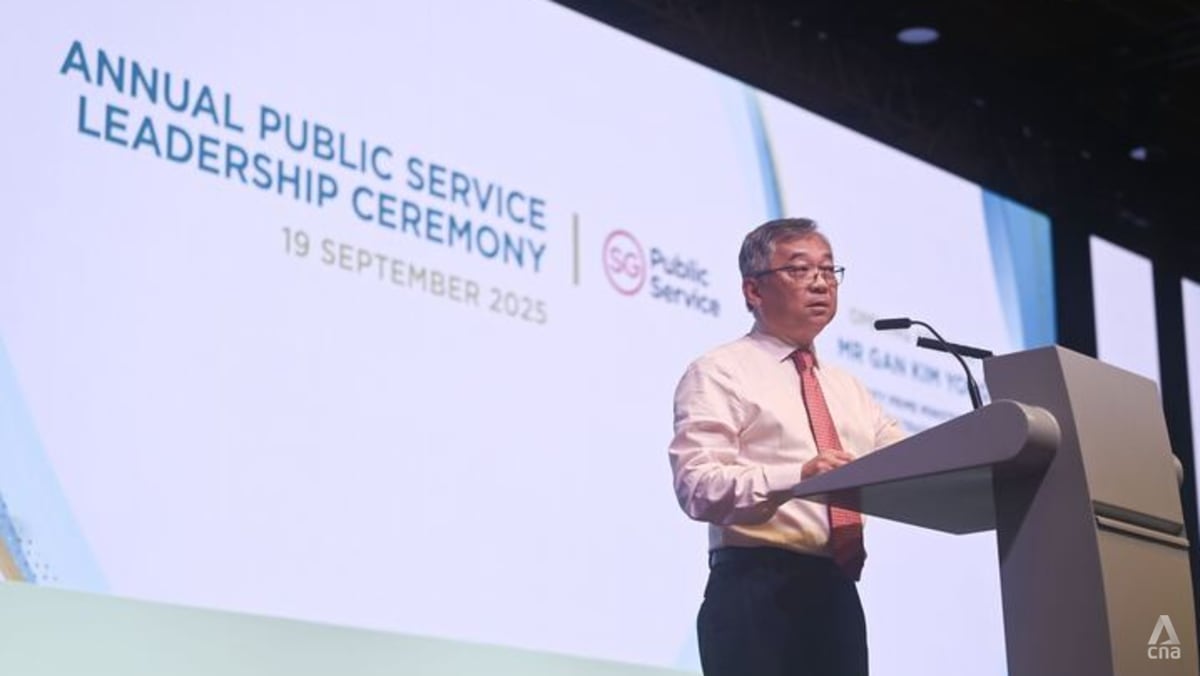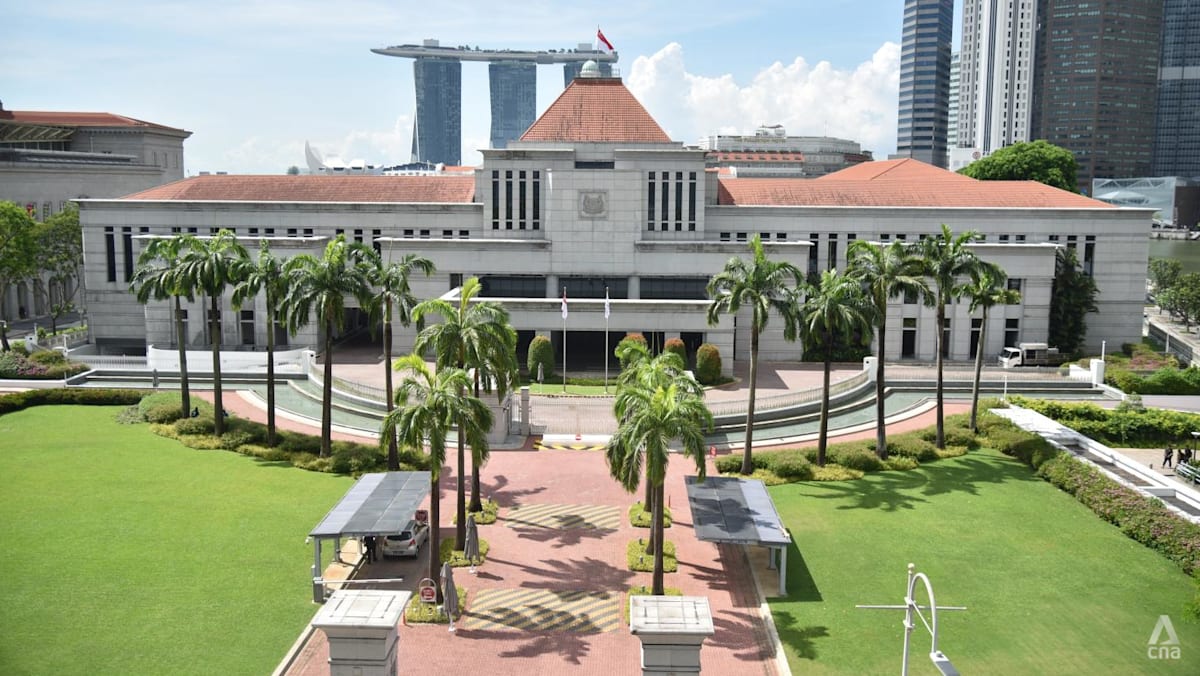SINGAPORE: Singapore’s Defence Science and Technology Agency (DSTA) must selectively accept more risks and contemplate even more radical changes to keep up with a rapidly evolving industry, said Senior Minister Lee Hsien Loong on Friday (Sep 19).
This includes developing new procurement models, investing in more experimentation, as well as agile and continuous development to speed things up – a process that will be “messier” and less controlled.
But such an approach will better fit the new paradigm of fast-changing technologies, and the Ministry of Defence (MINDEF) and the Singapore Armed Forces’ (SAF) new operating context, said Mr Lee.
He was speaking at the 25th anniversary dinner of DSTA, a statutory board under MINDEF.
During his keynote speech at the event, the senior minister spoke about the need for DSTA to innovate and deliver systems at a pace that keeps up with accelerating technology cycles.
New entrants are also disrupting the traditional defence industry model, he said, citing the likes of tech companies such as Anduril, Palantir and Helsing which have “vaulted into prominence”.
Anduril is an American defence company specialising in advanced autonomous systems, while Germany-based Helsing partners with governments and industry to connect existing hardware into a new AI-enabled network. Palantir, which is also based in the US, is a software company specialising in big data analytics.
“These have become highly sought-after companies, as militaries begin to realise the value of fast-moving, innovation-driven players,” said Mr Lee.
The newcomers thrive not by outspending traditional defence primes, but by outpacing them, he added.
They prioritise software-driven platforms, deploy “quick-and-dirty” solutions rapidly, and roll out improvements and upgrades one after the other, rather than “gunning for a perfect product” from the get-go.
“NEW REALITY OF DEFENCE INNOVATION”
He also noted that some of the most successful innovations may originate from low-cost, informal operations or from troops and small fighting teams on the ground using cheap dual-use technologies.
“This is the new reality of defence innovation,” said Mr Lee.
He added that DSTA cannot double down on what it has been traditionally good at, such as focusing on high-end products or testing and delivering systems that “hopefully work perfectly from the start, but more often do not”.
“DSTA must now pay equal, if not more, attention to how fast it can bring new systems and capabilities online, adapt them iteratively, and meet operational timelines that work for the SAF.”





